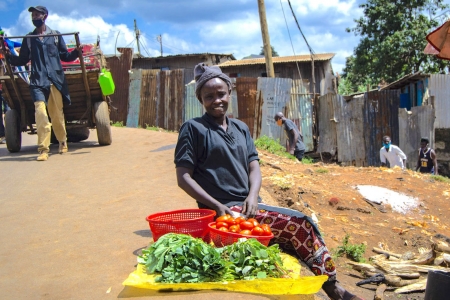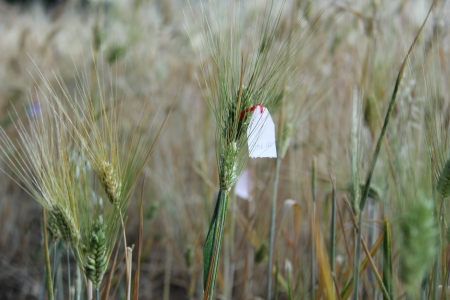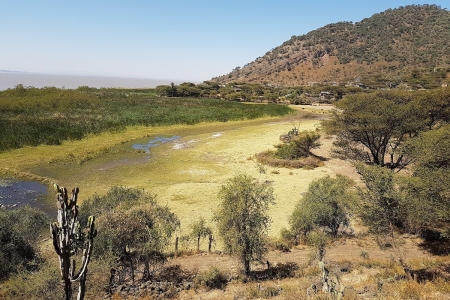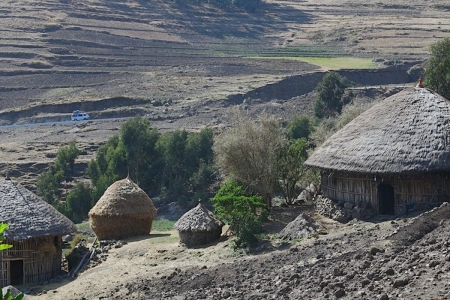Controlled grazing and frequent use of fire are strategies to enhance sequestration and preservation of carbon in soils in African rangelands. However, pragmatic evidence has been lacking up until a recent study by scientists from the Center for International Forestry Research and World Agroforestry (CIFOR-ICRAF).
The team worked in collaboration with Hawassa University in Ethiopia and the Environmental Institute for Agricultural Research in Burkina Faso. They conducted two studies on the impact on soil organic carbon and nitrogen of exclusion of livestock and prescribed burning in semi-arid grazing lands.
The first study investigated the effectiveness of long-term (14--36 years) livestock exclosure grazing land management in enhancing soil organic carbon in the semi-arid savanna of southern Ethiopia, specifically, the Borana Rangeland. The Borana pastoral communities adopted exclosure grazing-land management to cope with periodic feed shortages for vulnerable animals, such as calves.
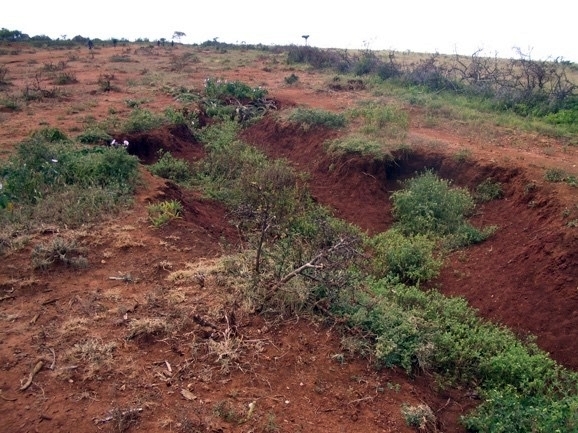
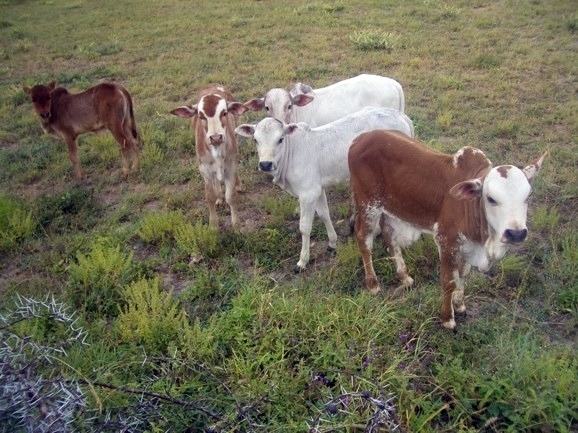
'We tested for differences in concentration of soil organic carbon between exclosures and adjacent open-grazed rangelands,' said Ermias Betemariam, CIFOR-ICRAF Land Health scientist, who led both studies, 'while accounting for effects of age of exclosures and soil depths. Although soil carbon concentration and stocks showed no distinct trend with age of exclosures, we observed an increasing trend with increasing duration of exclosures.'
The effect of the duration of exclosure on soil carbon was higher in the topsoil than the sub-soil. A notable observation was that there was a declining trend during the early ages of the exclosures and an increased balance with their increasing age.
The second study analysed the effects of 19 years of prescribed annual burning and livestock exclusion on tree density, soil organic carbon and total nitrogen concentrations in the Sudanian savanna eco-region in Burkina Faso.
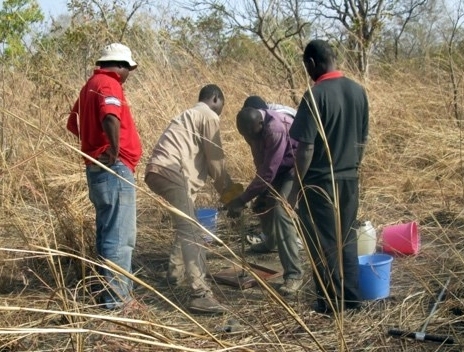
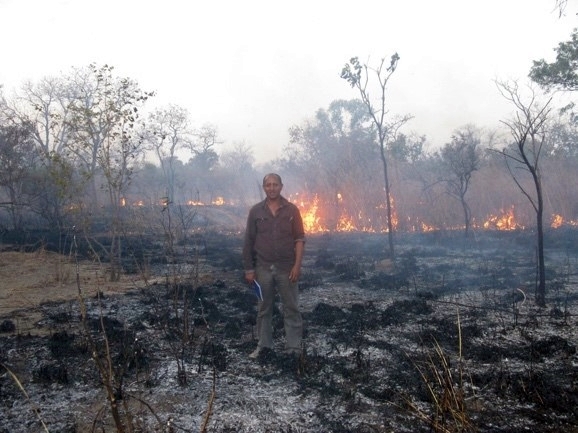
'Contrary to our expectations, 19 years of exclusion of grazing and prescribed annual burning treatments did not significantly affect soil organic carbon and total nitrogen,' said Betemariam.
Other studies have noted that any change in soil organic carbon occurs slowly. The scientists suspect that the duration of their recent study – only 19 years – might not be sufficient for significant changes in soil organic carbon and total nitrogen concentrations.
'We recommend monitoring accompanied by modelling of soil carbon changes over longer time periods than this study,' said Betemariam. 'We also suggest studies consider net greenhouse-gas emissions from burning practices in addition to carbon sequestration, understand rates of carbon sequestration and saturation levels. Moreover, carbon sequestration for climate-change mitigation could be treated as a co-benefit rather than the target of projects.'
This does not mean that there should not be interventions in such ecosystems, stressed Betemariam.
'Well-managed grazing lands have the potential to enhance the capture of rainfall and radiation to increase net primary productivity and subsequently opportunities to enhance people's lives and landscapes,' he said.
The findings are relevant at a time when climate-change policies have reignited interest in fire as a widely used traditional management tool to balance grass and woody cover in tropical savannas. Therefore, say the research team, mitigation projects for arid and semi-arid savanna ecosystems should consider the pros and cons of traditional practices of prescribed burning as a management tool.
The team encourages more research in this area, which should factor higher grazing and fire intensities than those they reported. Other key factors – such as the presence of herbivores, grass species, climate conditions, soil properties, pasture location, vegetation community composition and pasture management practices – should also be considered.
Collection of field data and the analytical methodology used by the team was based on CIFOR-ICRAF's Land Degradation Surveillance Framework. All samples underwent various analyses: soil organic carbon concentration and bulk density and texture (particle size) at the CIFOR-ICRAF Soil-Plant Spectral Diagnostics Laboratory.
The researchers remain cautious regarding the conclusiveness of their findings given the scarcity of information about other confounding factors, such as the absence of soil data prior to exclosures.
Read the publications
Aynekulu E, Mekuria W, Tsegaye D, Feyissa K, Angassa A, De Leeuw J , Shepherd K. 2017. Long-term livestock exclosure did not affect soil carbon in southern Ethiopian rangelands, Geoderma.
Read original article in worldagroforestry
Aynekulu E, Sileshi GW, Rosenstock TS, Van Noordwijk M, Tsegaye D, Koala J, Sawadogo L, Milne E, De Leeuw J, Shepherd KD. 2021. No changes in soil organic carbon and nitrogen following long-term prescribed burning and livestock exclusion in the Sudan-savanna woodlands of Burkina Faso. Basic and Applied Ecology.
The research was supported by the Advisory Service on Agricultural Research for Development of the Deutsche Gesellschaft für Internationale Zusammenarbeit's (BEAF-GIZ) International Agricultural Research Grants Programme; and the CGIAR Research Program on Water Land and Ecosystems (WLE).
---
Thrive blog is a space for independent thought and aims to stimulate discussion among sustainable agriculture researchers and the public. Blogs are facilitated by the CGIAR Research Program on Water, Land and Ecosystems (WLE) but reflect the opinions and information of the authors only and not necessarily those of WLE and its donors or partners.
WLE and partners are supported by CGIAR Trust Fund Contributors, including: ACIAR, DGIS, FCDO, SDC, Sida and others.



